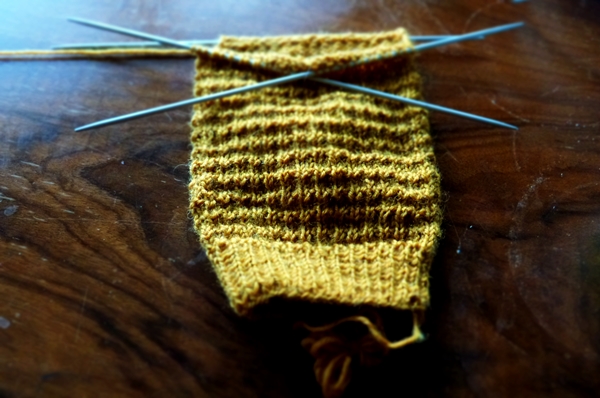 I knit a lot but probably not as much as people assume. Like most knitters, I knit when I've finished work for the day and I need some downtime. The difference is that my day job involves writing, editing, and designing knitting patterns. The fact that I don't knit during my work day surprises people. Most of my day is spent on the computer answering emails, chasing invoices, entering data into a spreadsheet, and working with various software programmes (chart editors, layout programmes and word processors). Occasionally I head outside for photo shoots or teaching appointments, but mostly my work is desk-based in front of a computer.
I knit a lot but probably not as much as people assume. Like most knitters, I knit when I've finished work for the day and I need some downtime. The difference is that my day job involves writing, editing, and designing knitting patterns. The fact that I don't knit during my work day surprises people. Most of my day is spent on the computer answering emails, chasing invoices, entering data into a spreadsheet, and working with various software programmes (chart editors, layout programmes and word processors). Occasionally I head outside for photo shoots or teaching appointments, but mostly my work is desk-based in front of a computer.
Being my own employer, I have had to learn to do a lot of things because if I don't do something, it doesn't get done. This include things like payroll, marketing, customer service, distribution, procurement etc. Just because I am a one-woman business, it doesn't mean I don't have to think about how I do taxes, how I tell people about the things I do, how I can help people with any problems they may encounter, how I get my hard-copy patterns printed, where and when to buy office supplies etc. I have also had to learn how to put together a professional-looking layout and what changes I have to make from getting it ready as a PDF and a hard copy pattern.

A typical day runs from 9.30am to 5.30pm with breakfast & lunch at the desk. I try to deal with emails/messages at the start and end of every day. I could probably spend every single day just on emails and messages! I look at specific customer support requests - these range from "what do you think of these colours?" to "could you explain what a garter stitch tab cast-on is? I've looked at videos and still do not get it".
I then spend time on the latest pattern I'm designing (I'll talk about design process in a later post). I open up the chart editor and the spreadsheet. Depending upon the complexity of the design, I can spend a fortnight crunching numbers before it is time to start writing a pattern. I spend lunchtime catching up with social media - some people regard it as marketing but I think of social media as a great way to have social interactions with great people without leaving the house. Twitter is a lifeline of joy when you work on your own.
After lunch, I get back to my spreadsheets and my number crunching. I make sure to transfer key numbers from my spreadsheet to a pattern template so I can tell if a pattern makes narrative sense (no need to start talking about neckline numbers when people are still working the bottom rib - even if I need to know the basic neckline numbers at this stage). I double-check the chart in my chart editor and may correct the stitch pattern, so it will work with armhole shaping further up. Spreadsheets are magic, I tell you. I may also be working on other people's patterns as a technical editor.
I dip into social media and check my email to make sure I am not missing any urgent business. A yarn company may have emailed me to let me know they are out of a shade I wanted for a future design, and I have to open up my design proposal to see what I could use instead. A customer may have emailed me about problems buying the pattern and I have to liaise with Ravelry and LoveKnitting to solve the customer's problems. I try to get on top of emails by 4pm.

After 4pm, I focus more on the "soft side" of my work. I browse Ravelry to check out colour and texture trends. I spend time on Pinterest looking through recent pins (I subscribe to a number of trend forecasters' feeds). I look at dyers' websites to check out new stock and if I can see any colour trends. I also spend the 90 minutes between 4pm and 5.30pm on doodling and playing around with ideas in the chart editor or on paper. I browse RSS feeds via Feedly where I subscribe to a large number of blogs and websites ranging from knitting and fashion to art, design and technology. I don't always get my daily 90 minutes of inspiration because I may be in the middle of a complex project, but I love when I am able to set aside time.
By the time 5.30pm rolls around, my partner is home and we spend some time decompressing over a cup of tea. We get dinner sorted and by 7.30pm I am usually sat in the sofa with my work knitting. And that is another day over and done with. I work like this Monday to Friday but I may teach at a festival or at a LYS Saturday or Sunday, so my day off may fall on a Monday or a Wednesday instead.
This post was written in response to a 'what do you actually do all day long?' request from a couple of readers. Feel free to ask questions in the comments section!

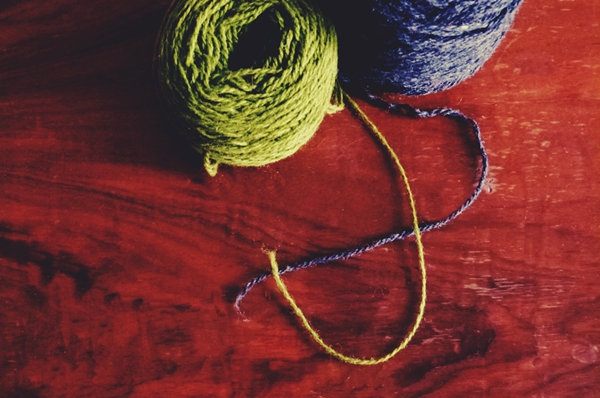 For the past eight years or so, we've enjoyed a surge in quality indie designers offering amazing patterns for us to download. A digital revolution has changed crafting completely: knitters (and crocheters) came out as the winners because we suddenly had all these fantastic designers at our disposal with just one click of a button. From Ysolda Teague & Stephen West to Kate Davies & Gudrun Johnston, many designers started with a single pattern and gradually started growing as designers and businesses. I don't know if you know, but the knitting & crochet community is going through a bit of a sea-change at the minute. Making that same journey is going to be awfully hard in years to come and the real losers are the knitters and crocheters.
For the past eight years or so, we've enjoyed a surge in quality indie designers offering amazing patterns for us to download. A digital revolution has changed crafting completely: knitters (and crocheters) came out as the winners because we suddenly had all these fantastic designers at our disposal with just one click of a button. From Ysolda Teague & Stephen West to Kate Davies & Gudrun Johnston, many designers started with a single pattern and gradually started growing as designers and businesses. I don't know if you know, but the knitting & crochet community is going through a bit of a sea-change at the minute. Making that same journey is going to be awfully hard in years to come and the real losers are the knitters and crocheters. Folks, there are going to be some changes around here.
My work/life balance has been seriously dysfunctional for some time and I am feeling the toll. In order to avoid burning out and crashing out of my job, I'm simply going to make some changes to how I offer support. I am very sorry. I love hearing from you guys - I really, really do and I hope you know this - but I also need time to design and write stuff.
Folks, there are going to be some changes around here.
My work/life balance has been seriously dysfunctional for some time and I am feeling the toll. In order to avoid burning out and crashing out of my job, I'm simply going to make some changes to how I offer support. I am very sorry. I love hearing from you guys - I really, really do and I hope you know this - but I also need time to design and write stuff.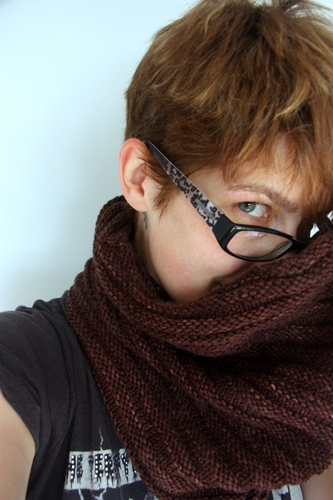 You are
You are  You are so passionate about fostering relationships and collaborations. Part of that energy was channelled into Unwind Brighton where I finally met you (after all these years!). You were really, really busy behind the scenes but what struck me was that you were still trying to foster relationships and 'make playful things happen'. Where does that passion come from?
Unwind was such a moment in time for me because it represented everything about the way I like to work; the standard was so high and everyone really pulled together and collaborated to bring something amazing together.
You are so passionate about fostering relationships and collaborations. Part of that energy was channelled into Unwind Brighton where I finally met you (after all these years!). You were really, really busy behind the scenes but what struck me was that you were still trying to foster relationships and 'make playful things happen'. Where does that passion come from?
Unwind was such a moment in time for me because it represented everything about the way I like to work; the standard was so high and everyone really pulled together and collaborated to bring something amazing together.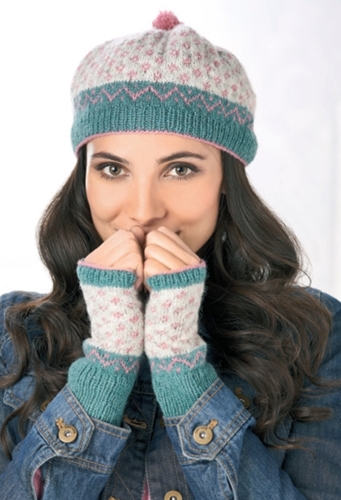
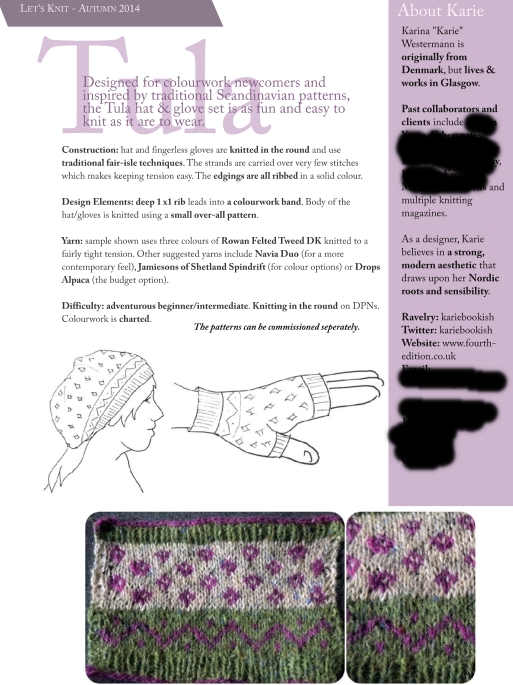
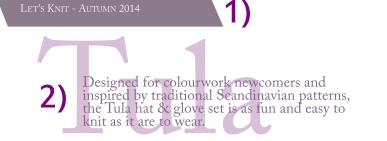
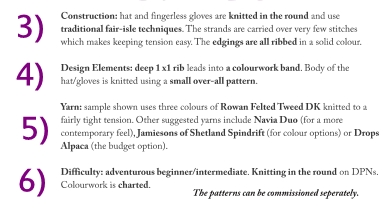
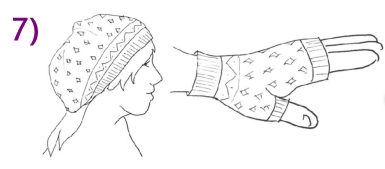
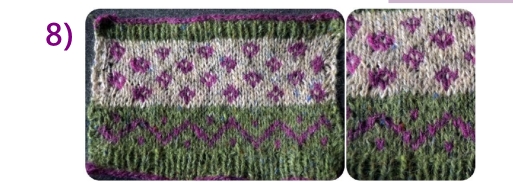
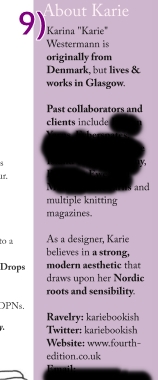 9) Finally, the bit where I tell editors about me. Quick intro to my background, a paragraph about clients and collaborators, a note about my personal design aesthetic, and finally how the editors can get hold of me including my home address so the editors can send me yarrrrn.The design is way more important than me, so I'm in the margins!
9) Finally, the bit where I tell editors about me. Quick intro to my background, a paragraph about clients and collaborators, a note about my personal design aesthetic, and finally how the editors can get hold of me including my home address so the editors can send me yarrrrn.The design is way more important than me, so I'm in the margins!